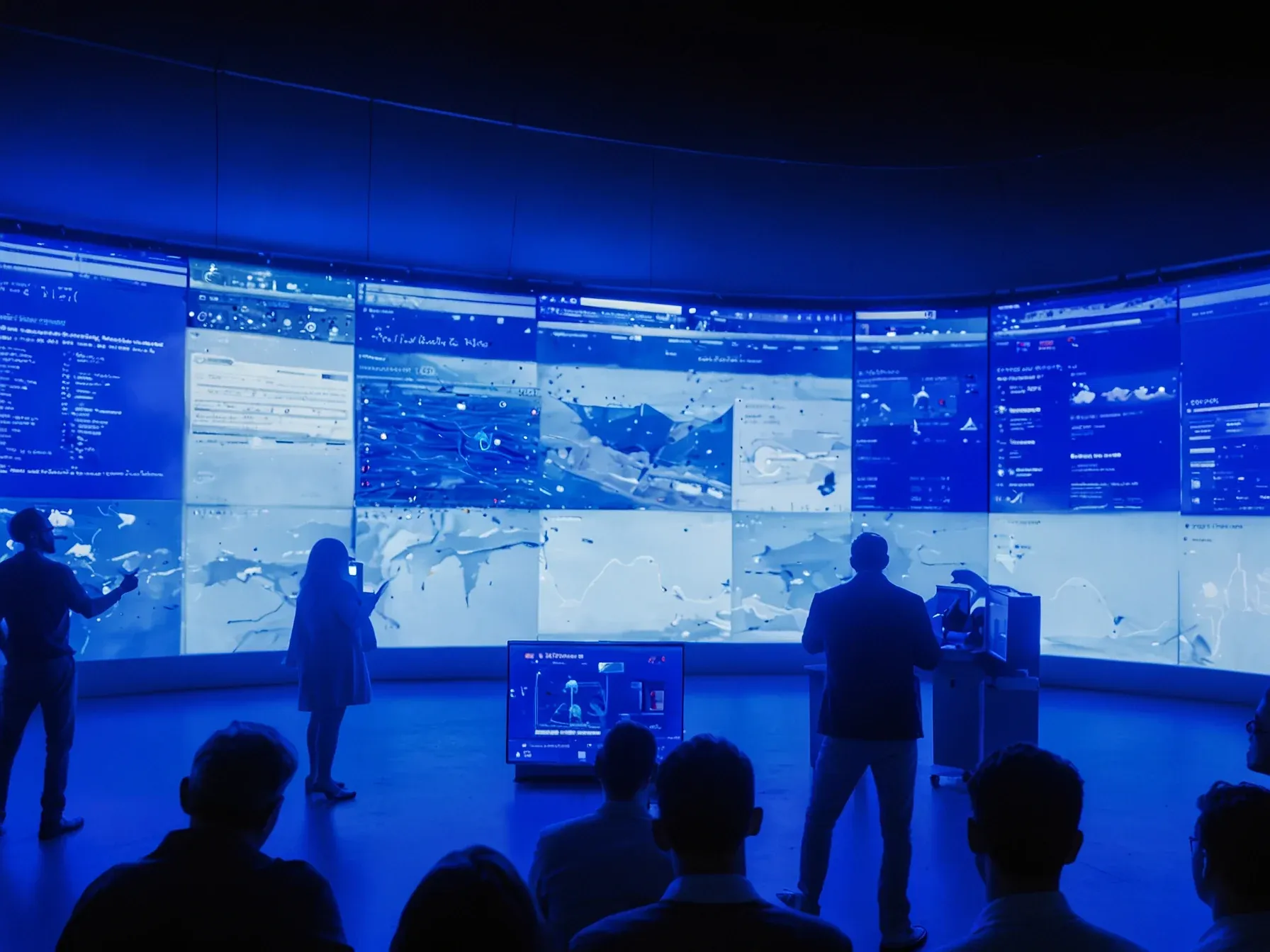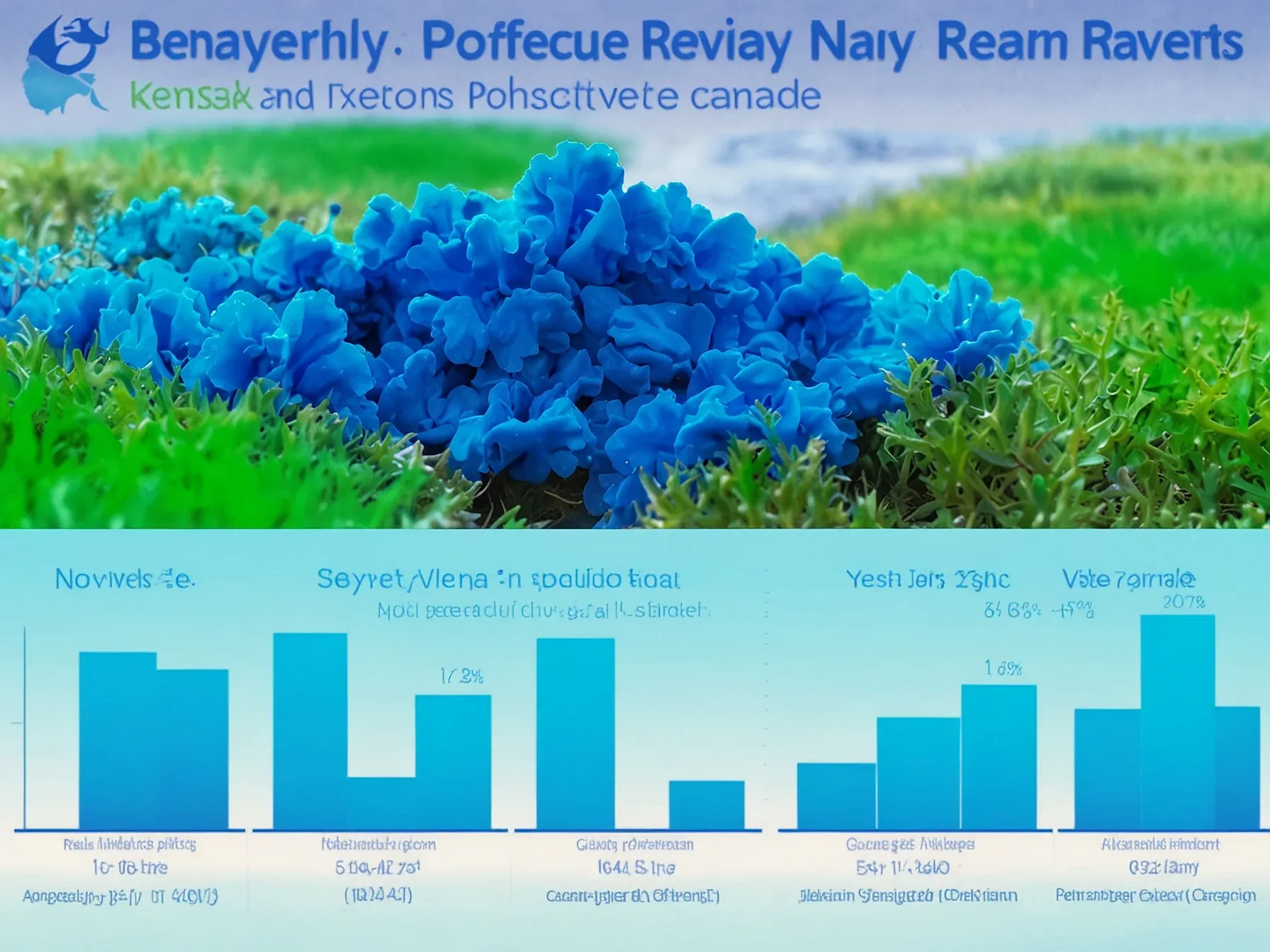
DeepMind CEO Hassabis says world models are AI’s next frontier amid bubble
While Gemini 3 rolls out to users, DeepMind’s chief executive Demis Hassabis is already looking past the headline‑grabbing model. He’s spending the bulk of his research hours on a different class of systems—so‑called world models—that aim to let AI understand and predict environments in a more holistic way. Projects such as SIMA 2 and the video‑generation model Genie 3 illustrate the direction he’s pursuing, even as the broader market wrestles with what many call an AI bubble.
The tension between immediate product launches and longer‑term scientific bets makes Hassabis’s focus noteworthy. It also raises the question: what does a shift toward world models mean for the industry’s next wave of breakthroughs?
World models as the next AI frontier While Gemini 3 is rolling out, Hassabis is already focusing on the next research frontier: world models. He spends most of his research time on this topic, citing projects like SIMA 2 and the video-generation model Genie 3 as examples. According to Hassabis, these models, already used internally for training robots and other agents, will be critical to achieving AGI.
He predicts a "ChatGPT moment" for world models, but the biggest obstacles are the price and current technical hurdles. "We'd love to put Genie in the hands of more people, but it's expensive," Hassabis said, explaining that "basically, a consumer of it is another instance of the creation of it." Before scaling is possible, he noted, challenges such as "making it consistent longer than a minute" must also be solved. Hassabis warns of AI bubble, affirms Google's "Engine Room" strategy When asked about a potential AI bubble, Hassabis offered a nuanced view.
Gemini 3 Pro is now live. Yet Hassabis says the real work lies ahead. He points to world models as the next AI frontier, a claim backed by ongoing projects such as SIMA 2 and the video‑generation system Genie 3.
According to him, Google’s long‑term strategy is beginning to pay off after a hype‑driven phase led by employees and Sundar Pichai. The CEO also warns that the private‑sector market is experiencing a bubble, suggesting that investment may outpace sustainable progress. While the new model aims to be the best all‑around system, it remains unclear whether world‑model research will translate into practical breakthroughs in the near term.
Hassabis spends most of his research time on this area, indicating a shift in priorities. Whether this focus will reshape DeepMind’s output or simply add another layer of complexity is still uncertain. The balance between ambition and market realities will likely shape the next chapter.
Eyes remain on the outcomes.
Further Reading
- 'World Models,' an Old Idea in AI, Mount a Comeback - Quanta Magazine
- Demis Hassabis on Gemini 3, world models, and the AI bubble - Sources News
- Genie 3: A new frontier for world models - Google DeepMind Blog
- Google's Demis Hassabis warns of a potential AI bubble - New Atlas
- Google DeepMind CEO Demis Hassabis says AGI is still 5-10 years away and needs 'world model ideas' - Times of India
Common Questions Answered
What does DeepMind CEO Demis Hassabis identify as the next AI frontier?
Hassabis says world models are the next AI frontier, emphasizing their ability to understand and predict environments holistically. He believes these models, exemplified by projects like SIMA 2 and Genie 3, are crucial for achieving artificial general intelligence.
How are the projects SIMA 2 and Genie 3 related to DeepMind's world model research?
SIMA 2 and the video‑generation model Genie 3 are concrete examples of DeepMind's world model initiatives. Both are used internally for training robots and other agents, demonstrating how predictive, environment‑aware AI can be built.
What comparison does Hassabis make between world models and a "ChatGPT moment"?
Hassabis predicts a "ChatGPT moment" for world models, suggesting a rapid adoption surge similar to what ChatGPT experienced. He expects this breakthrough to accelerate progress toward more capable, general‑purpose AI systems.
What warning does Hassabis give about the current AI market environment?
Hassabis cautions that the private‑sector AI market is experiencing a bubble, where investment may outpace sustainable technological progress. He implies that hype‑driven funding could risk overshooting realistic development timelines.




